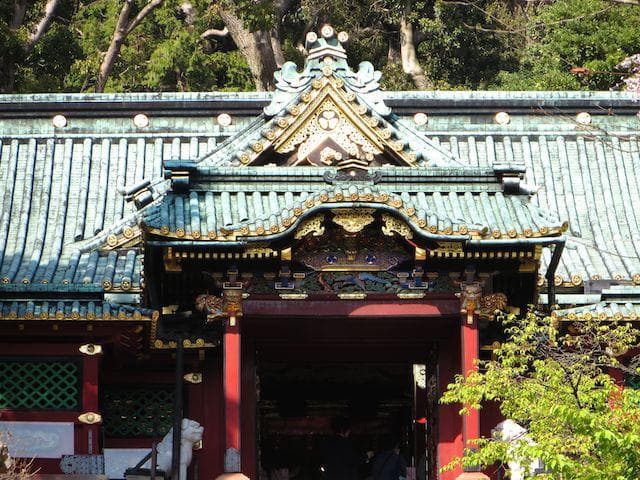
Kunozan Toshogu Shrine
A historically significant Shinto shrine, Kunozan Toshogu is famed for its opulent Edo-period architecture and stunning views of Suruga Bay.
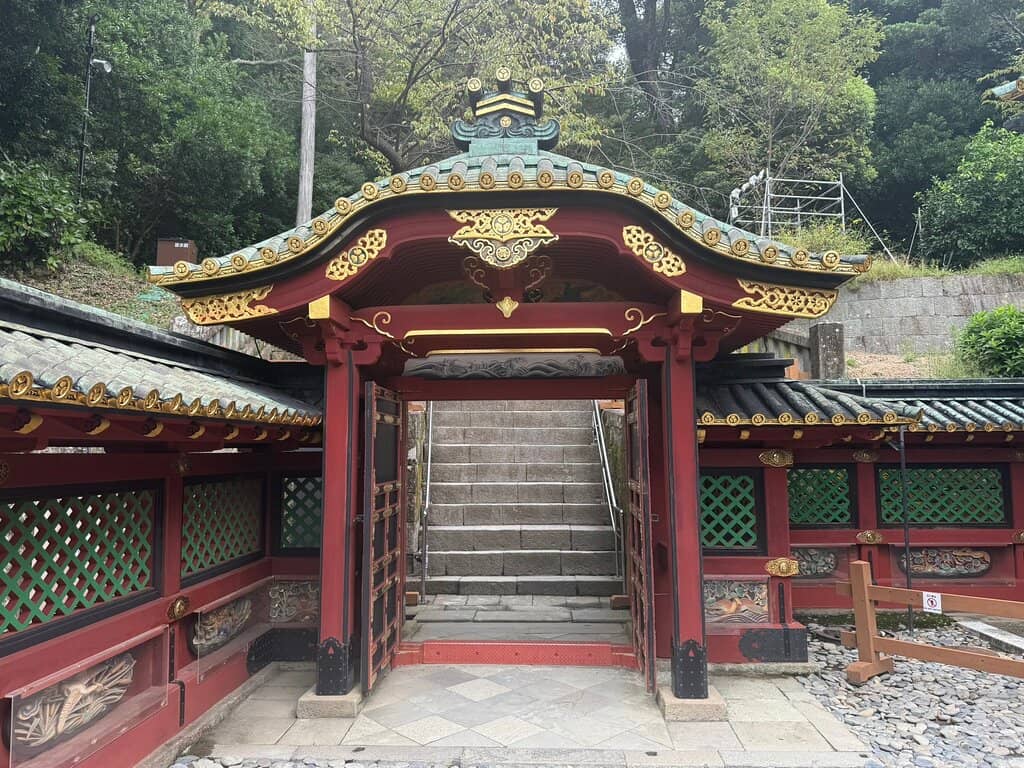
Highlights
Must-see attractions
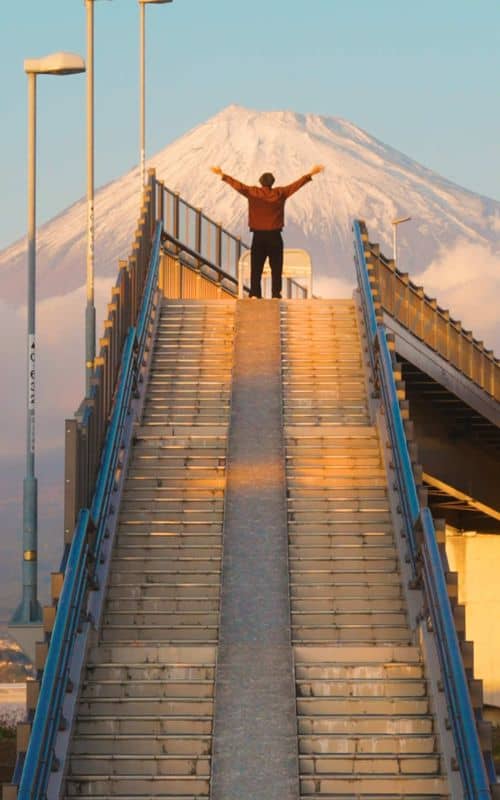
Social
From TikTok & Reddit
Best Time
Fewer crowds, better photos

Kunozan Toshogu Shrine
Best Time
Fewer crowds, better photos

Highlights
Must-see attractions
A historically significant Shinto shrine, Kunozan Toshogu is famed for its opulent Edo-period architecture and stunning views of Suruga Bay.
"Magnificent temple right in front of the sea, a relaxing place that soothes you in a second."
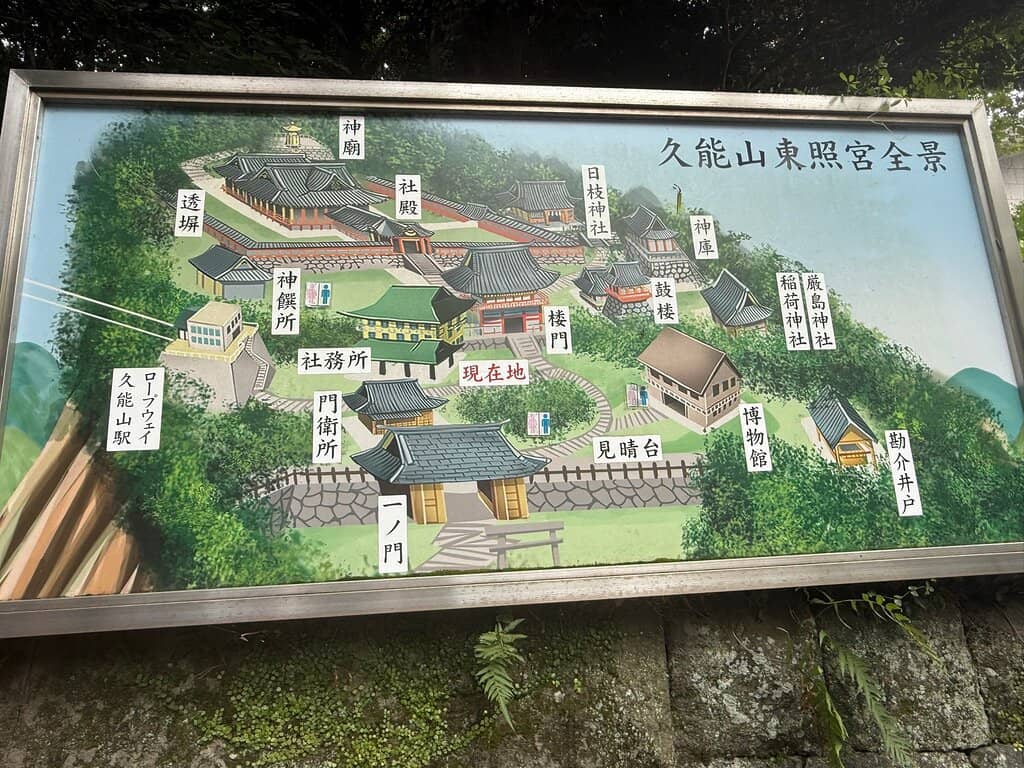
Choose Your Ascent Wisely
Opt for the ropeway for ease and views, or tackle the 1000+ steps for a rewarding challenge! :mountain_railway:
Wear Comfortable Shoes
Uneven stone steps inside and outside require sturdy footwear. :athletic_shoe:
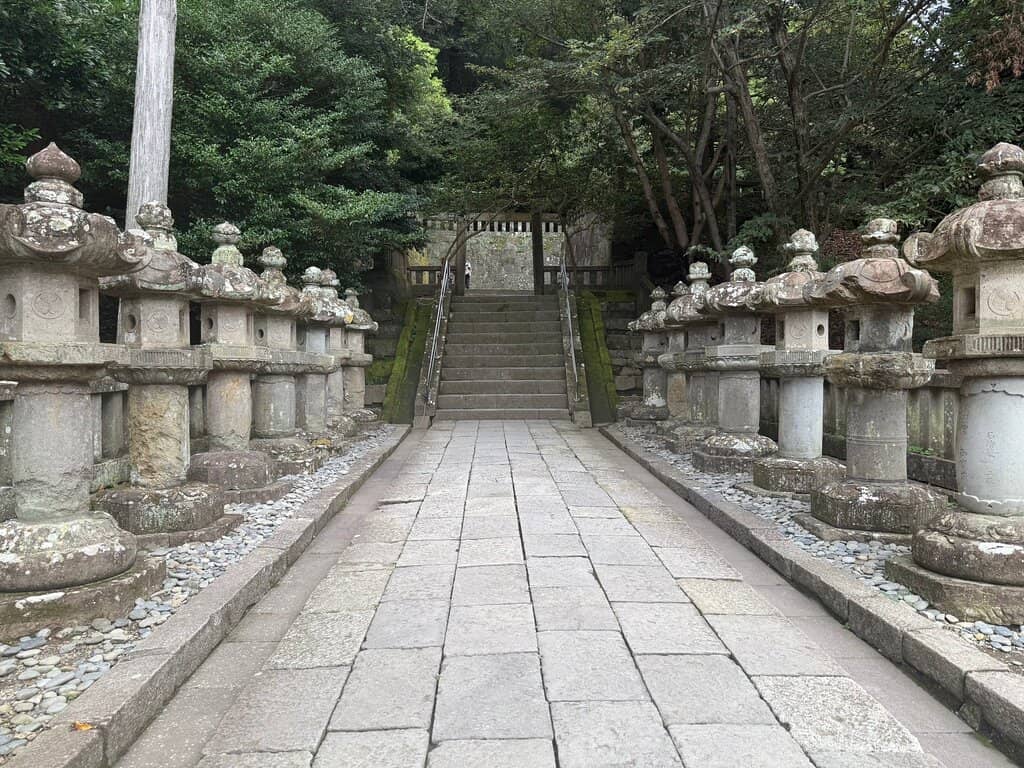
Highlights
Discover the most iconic attractions and experiences
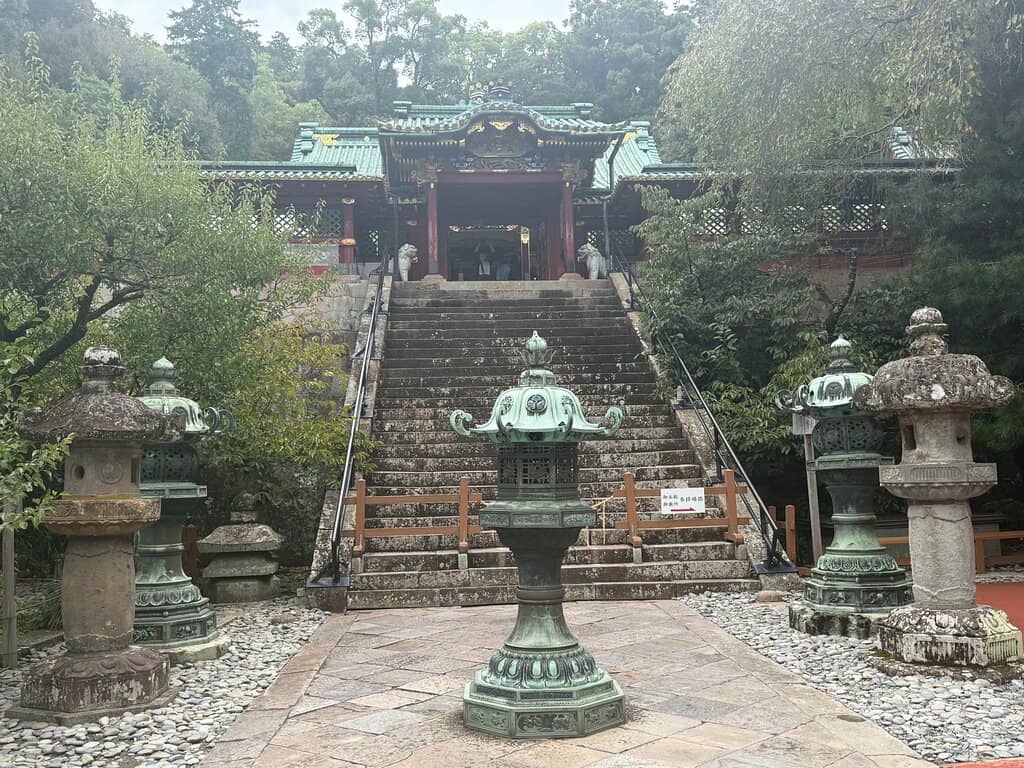
Intricate Edo-Period Architecture
Main Shrine Buildings
Marvel at the vibrant colors and detailed carvings, a testament to early Edo craftsmanship. A true national treasure.
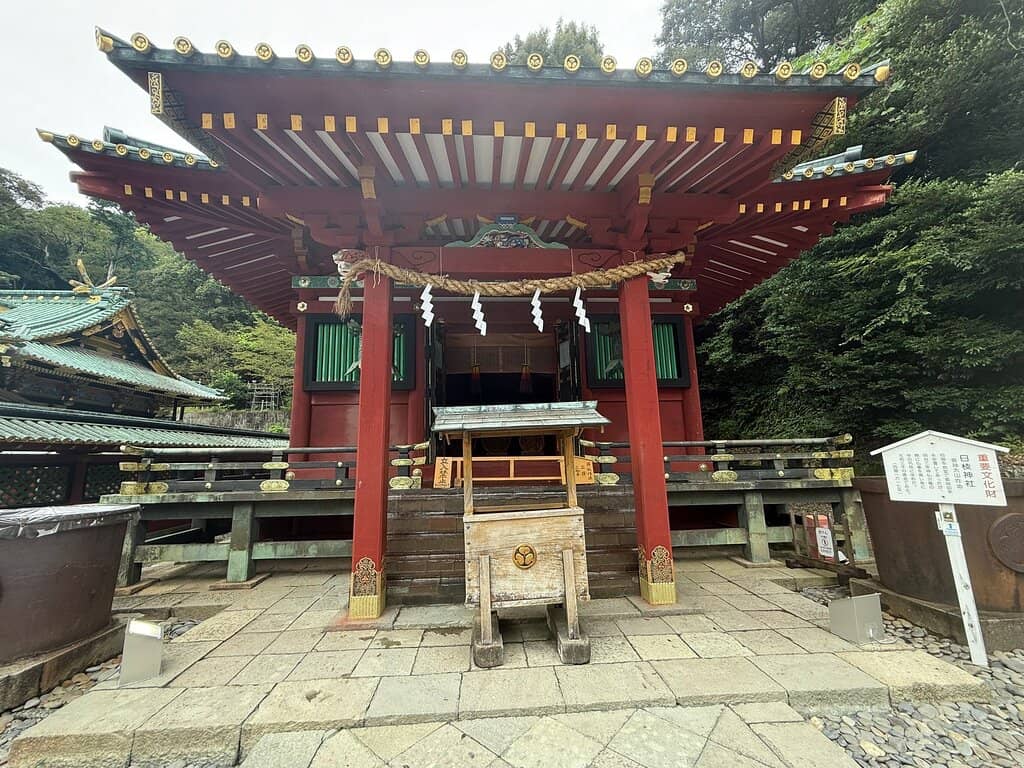
Breathtaking Suruga Bay Views
From the Shrine Grounds
Enjoy panoramic vistas of the sea and city after your ascent, a rewarding sight for any visitor.
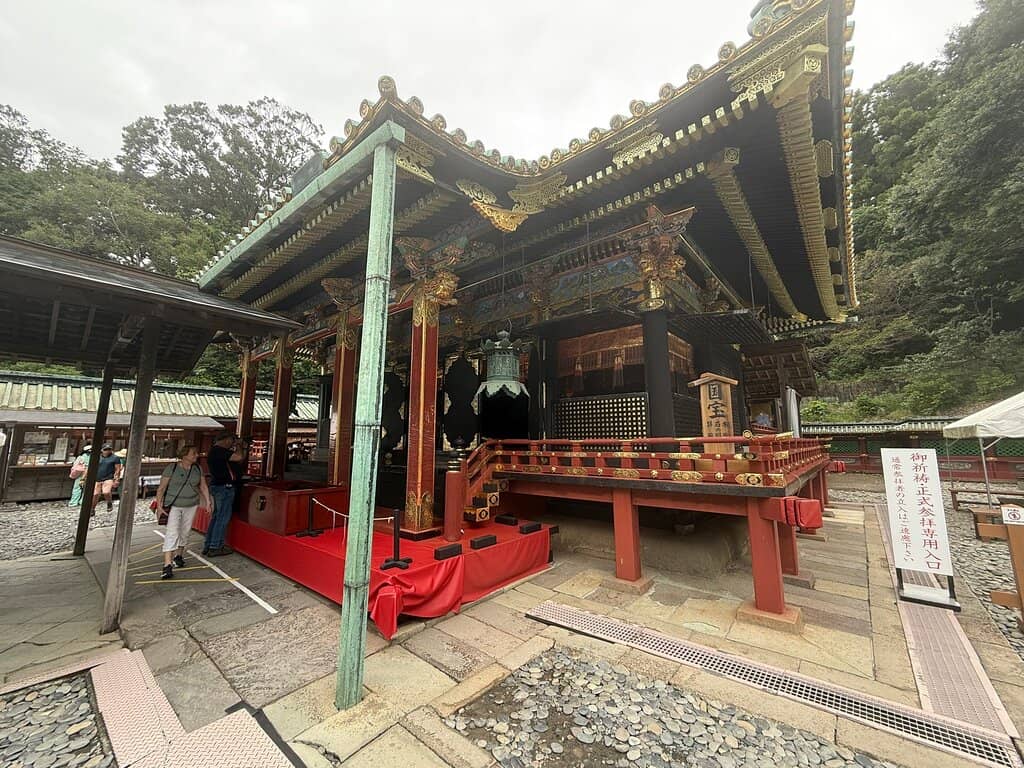
Tokugawa Ieyasu's Original Tomb
Shrine Precincts
Visit the historic resting place of the founder of the Tokugawa Shogunate, a pivotal figure in Japanese history.
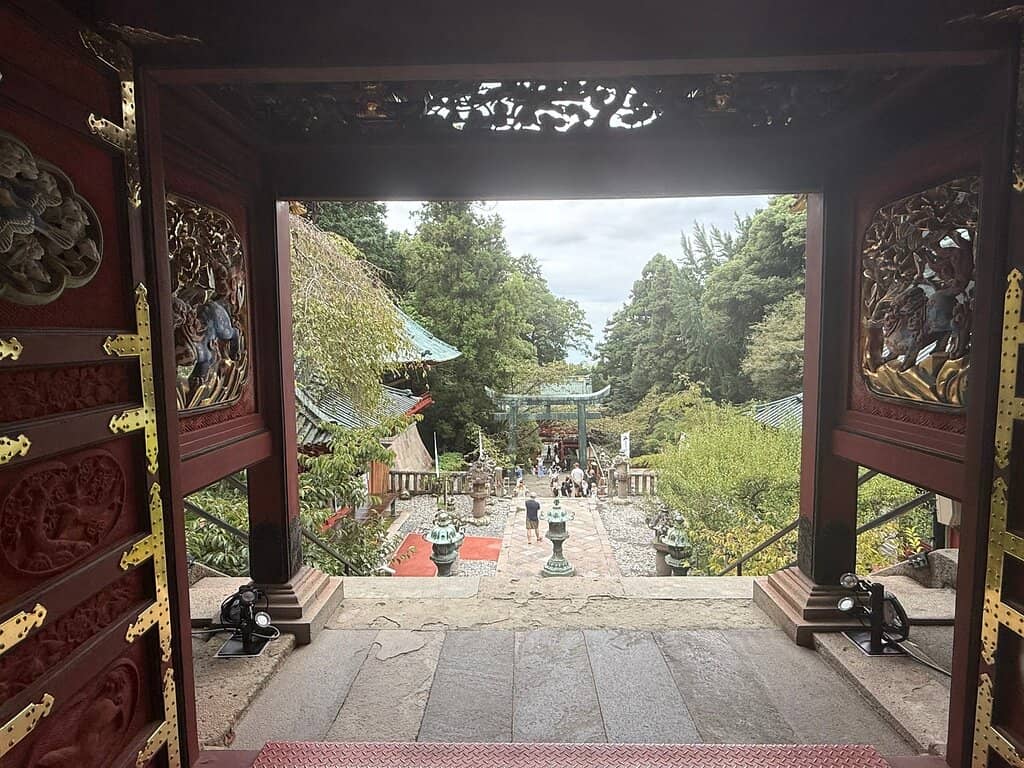
On-site Museum Treasures
Museum Building
Discover artifacts from the Tokugawa clan, including Ieyasu's compass and an antique clock .
Plans like a pro.
Thinks like you
Planning Your Visit
Conquer the Climb or Glide with a Ropeway
Embrace the Opulence and History
Best Times
Insider Tips
from TikTok, Instagram & Reddit
Choose Your Ascent Wisely
Opt for the ropeway for ease and views, or tackle the 1000+ steps for a rewarding challenge! :mountain_railway:
Wear Comfortable Shoes
Uneven stone steps inside and outside require sturdy footwear. :athletic_shoe:
Explore Beyond the Main Shrine
The grounds are extensive; don't miss the museum and the stunning coastal views. :world_map:
Prepare for Limited Food Options
Bring snacks or drinks, as dining options are scarce on-site. Vending machines available. :water_wave:
Tips
from all over the internet
Choose Your Ascent Wisely
Opt for the ropeway for ease and views, or tackle the 1000+ steps for a rewarding challenge! :mountain_railway:
Wear Comfortable Shoes
Uneven stone steps inside and outside require sturdy footwear. :athletic_shoe:
Explore Beyond the Main Shrine
The grounds are extensive; don't miss the museum and the stunning coastal views. :world_map:
Prepare for Limited Food Options
Bring snacks or drinks, as dining options are scarce on-site. Vending machines available. :water_wave:
Capture Mt. Fuji Views
Seek out specific spots for iconic photos of Mt. Fuji, especially on clear days. :camerawithflash:
What Travellers Say
Reviews Summary
Visitors consistently praise Kunozan Toshogu Shrine for its magnificent and ornate Edo-period architecture, vibrant colors, and intricate carvings. The breathtaking views of Suruga Bay and the historical significance as Tokugawa Ieyasu's original resting place are major draws. However, some find the entrance fee a bit steep, and the numerous, uneven stone steps can be challenging for those with mobility issues.
"A magnificent temple right in front of the sea, a relaxing place that soothes you in a second. I just recommend being close for the stairs to get to the temple place. But I assure you that it is worth the effort."
laila Mindless
"extremely ornate temple and they also share a video onsite about the restoration efforts put in to the temple. the entrance fee may be abjt steep however the grounds are pretty big and extend beyond the ticket office. the steps down are uneven stone steps, so do take note for those who may be less mobile. I took the reverse route - Nihondaira ropeway down from Yume Terrace to the shrine, before trekking down the steps. There is an amazing view of the ocean on the way down"
Wei Qian (Sandy)
"Lots of history to see here. Enjoy the extravagance of the shrine to Tokugawa Ieyasu. It's quite different to most other shrines in Japan due to the opulence.
In particular pay attention to the colours used on the woodwork and the various carvings, which must've been incredibly expensive to do at the time the place was made.
You can walk the 1000 odd steps if you want, or take the ropeway from Nihon Daira terrace to get there.
Inside there is also a small museum of Tokugawa items. Things he used and other things from the clan. I was particularly impressed to see his compass still points North!! There is also an old clock from 1580 ish too. Well worth the small extra fee if you have some time.
Just a word of warning to those with weak legs or low mobility. The steps inside the shrine use very big stones in many places which could present a problem to some travellers.
Once in, there is nowhere to eat and drinks come from vending machines. There is an old glass bottle Coke machine there with HiC to choose from! エモい!"
JG TheTravellor
What People Like
What People Dislike
Frequently Asked Questions
🚇 🗺️ Getting There
You can reach Kunozan Toshogu Shrine by taking the Nihondaira Ropeway from Nihondaira Plateau, which offers scenic views. Alternatively, you can climb over 1,000 stone steps from the base of the mountain. Public transport to Nihondaira Plateau is available via bus from Shizuoka Station.
Yes, the Nihondaira Ropeway provides a comfortable and scenic journey directly to the shrine, offering beautiful views of Suruga Bay and the surrounding landscape. It's a great option for those who prefer to avoid the strenuous climb.
The stone stairway consists of over 1,000 steps and can be quite steep and uneven in places. It's a challenging but rewarding climb for those seeking a more active experience.
While there might be parking near the base, the most common and recommended access points are the Nihondaira Ropeway or the stone steps. Driving directly to the shrine itself is generally not feasible due to its mountain location.
Buses typically run to Nihondaira Plateau, from where you can take the ropeway. Direct bus services to the shrine itself are limited. Check local bus schedules for routes from Shizuoka Station to Nihondaira.
🎫 🎫 Tickets & Entry
The shrine is generally open from around 9:00 AM to 5:00 PM, but it's always best to check the official website for the most up-to-date hours, especially during holidays or special events.
There is an entrance fee for the shrine grounds and the museum. While some reviews mention it might be a bit steep, the extensive grounds and historical significance are considered worth the cost by many visitors.
Tickets can typically be purchased on-site. However, for the Nihondaira Ropeway, it's advisable to check if advance booking is available or recommended, especially during peak seasons.
The museum often requires a separate small fee or is included in a combined ticket. It houses valuable artifacts from the Tokugawa clan and is highly recommended for history enthusiasts.
Information on discounts for students, seniors, or groups is not widely publicized. It's best to inquire directly at the ticket office or check the official shrine website for any available offers.
📸 📸 Photography & Views
The area around the shrine offers stunning views of Suruga Bay. Some TikTok creators highlight specific spots for capturing Mt. Fuji in the background, especially from higher vantage points or nearby areas like Yume Terrace.
Photography rules can vary. While general photography of the exterior and grounds is usually permitted, flash photography or photography inside certain sacred areas or the museum might be restricted. Always look for signage.
Yes, on clear days, Mt. Fuji can be visible from certain viewpoints around Kunozan Toshogu Shrine, particularly from higher elevations or the Nihondaira Plateau. The view is often enhanced by the surrounding landscape.
The 'Dream Bridge' is likely referring to a scenic spot or viewpoint that offers a picturesque frame, possibly with Mt. Fuji in the background, as seen in some TikTok edits. It's a popular subject for photographers.
Early mornings or late afternoons, especially during the golden hour, can provide beautiful lighting for photography. Weekday mornings also offer fewer crowds, allowing for unobstructed shots.
🍽️ 🍽️ Food & Dining
Dining options directly at the shrine are very limited. Visitors are advised to bring their own snacks and drinks, as only vending machines are available on-site.
For a wider selection of dining options, you would need to travel back towards Shizuoka City or explore areas near the Nihondaira Plateau. These areas offer various local eateries and cafes.
While there aren't designated picnic areas, you can enjoy snacks or drinks purchased from vending machines. It's best to be mindful of the sacred nature of the site and dispose of any waste properly.
Vending machines typically offer a range of soft drinks, including water, tea, and sodas. One reviewer even noted finding an old-fashioned Coke machine with Hi-C.
Shizuoka is known for its seafood, particularly eel (unagi), and green tea. Exploring restaurants in Shizuoka City will give you a taste of these local specialties.
🎫 🚶 Onsite Experience
Kunozan Toshogu Shrine is historically significant as the original resting place of Tokugawa Ieyasu, the founder of the Tokugawa Shogunate. His remains were later moved to Nikko Toshogu Shrine, but this site remains a crucial part of his legacy.
The museum displays artifacts related to Tokugawa Ieyasu and his clan, offering insights into their lives and the Edo period. Items like Ieyasu's compass and an antique clock are notable exhibits.
The shrine involves significant climbing, either via the stone steps or navigating the shrine grounds. The steps inside the shrine can be large and uneven, posing a challenge for those with limited mobility. The ropeway offers a more accessible route to the shrine itself.
Visitors describe the shrine as magnificent, ornate, and a relaxing place that soothes the soul. The combination of historical grandeur, intricate art, and scenic views contributes to its serene and captivating atmosphere.
Yes, the shrine hosts annual festivals, though specific dates and details would need to be confirmed with the shrine directly. These events often celebrate Tokugawa Ieyasu and the history of the shrine.
For Different Travelers
Tailored advice for your travel style
👨👩👧 Families with Kids
However, parents should be aware of the significant number of steps both to and within the shrine complex, which might be challenging for very young children or strollers. Bringing snacks and drinks is advisable, as food options are limited on-site. The museum, with its historical artifacts, can also be an educational experience, though engagement will depend on the children's age and interest in history.
🚶 Budget Travelers
To save on food, consider packing your own lunch and snacks. Vending machines are available for drinks, but they are typically priced at standard convenience rates. Focusing on the historical and visual aspects of the shrine, rather than relying on on-site amenities, can help keep costs down. Visiting on a weekday can also mean fewer crowds, enhancing the experience without extra expense.
🏛️ History Buffs & Culture Enthusiasts
The on-site museum further enriches the experience by displaying genuine artifacts from the Tokugawa era, offering a tangible connection to the past. Learning about the restoration efforts undertaken to preserve the shrine's beauty also adds another layer of appreciation for its historical and cultural significance. The shrine's unique status as the first Toshogu shrine dedicated to Ieyasu makes it a crucial site for understanding the development of Shinto shrine architecture and the veneration of historical figures.
Deep Dives
In-depth insights and expert knowledge
The Legacy of Tokugawa Ieyasu
The shrine itself is a testament to the power and wealth of the Tokugawa clan. Its architecture is a striking example of early Edo-period design, characterized by opulent decoration, vibrant colors, and intricate carvings that showcase the era's artistic prowess. Unlike the more subdued aesthetics of some other Japanese shrines, Kunozan Toshogu embraces a lavish and almost overwhelming display of craftsmanship, reflecting the status and achievements of its honoree.
Beyond its architectural splendor, the shrine's museum provides a tangible connection to the past. Here, visitors can view personal effects of Tokugawa Ieyasu, including his compass, which remarkably still points north, and an antique clock dating back to the late 16th century. These artifacts offer a personal dimension to the historical narrative, allowing visitors to appreciate the man behind the legend and the enduring impact of his reign on Japan.
Navigating the Ascent: Steps vs. Ropeway
For a more relaxed and scenic experience, the Nihondaira Ropeway is an excellent alternative. This cable car glides smoothly up the mountain, providing breathtaking panoramic views of Suruga Bay, Shizuoka City, and the surrounding landscape. The ropeway offers a comfortable and accessible way to reach the shrine, making it ideal for visitors with mobility concerns or those who prefer to conserve their energy for exploring the shrine itself. The journey on the ropeway is often highlighted as a beautiful part of the overall visit.
Regardless of your chosen method of ascent, both paths lead to the magnificent Kunozan Toshogu Shrine. The decision often comes down to personal preference, fitness level, and the desire for a particular type of travel experience. Many visitors opt to combine both, perhaps taking the ropeway up and descending via the steps, or vice versa, to fully appreciate the diverse aspects of the journey.
Photography Opportunities and Scenic Vistas
One of the most celebrated aspects of visiting Kunozan Toshogu Shrine is the breathtaking view of Suruga Bay that unfolds from its elevated position. On clear days, the majestic Mt. Fuji can also be spotted in the distance, adding an iconic element to the scenery. Photographers often seek out specific vantage points, sometimes referred to as 'dream bridges' or scenic overlooks, to capture these postcard-perfect moments.
To make the most of your photography, consider visiting during the golden hour in the late afternoon for soft, warm light, or in the early morning to avoid crowds and capture the tranquility of the site. Weekday visits are generally recommended for a more relaxed photography experience.
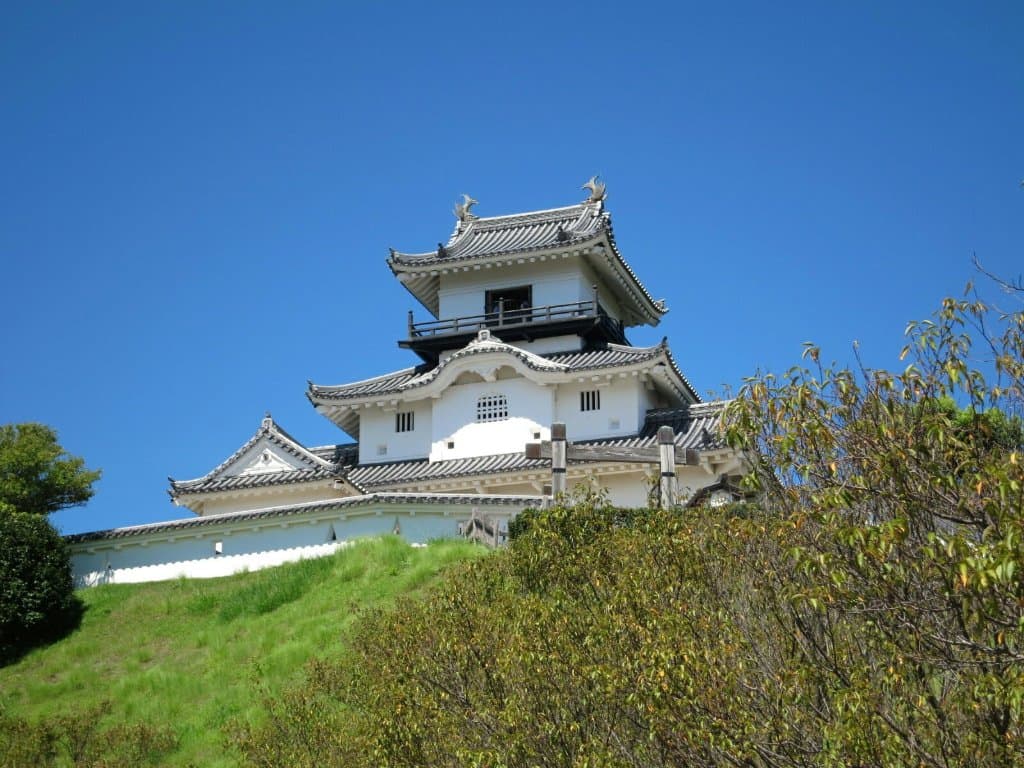

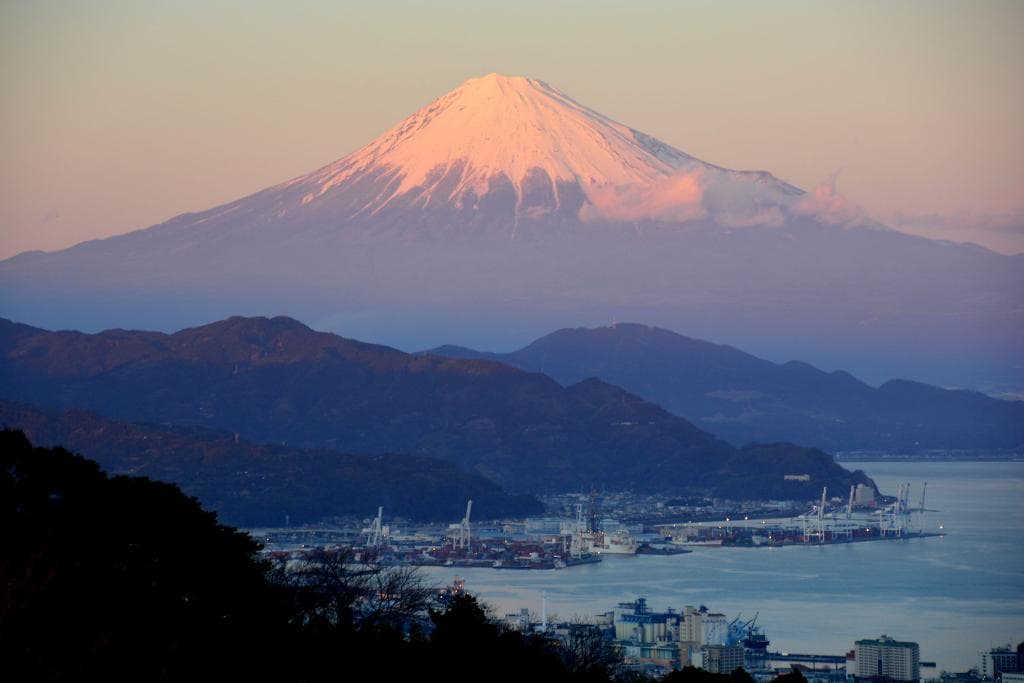
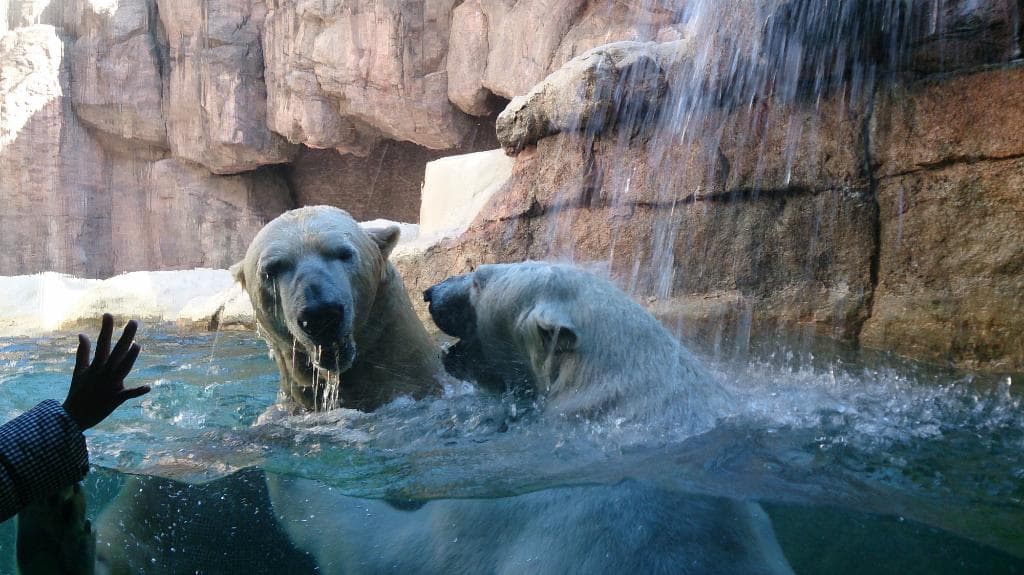
Social
from TikTok, Instagram & Reddit